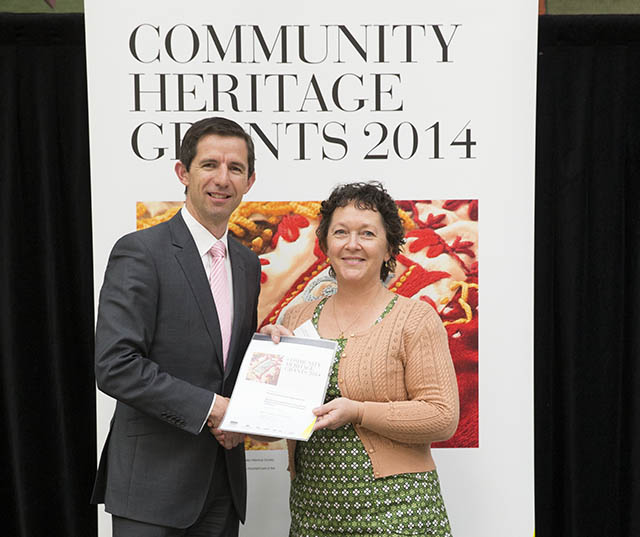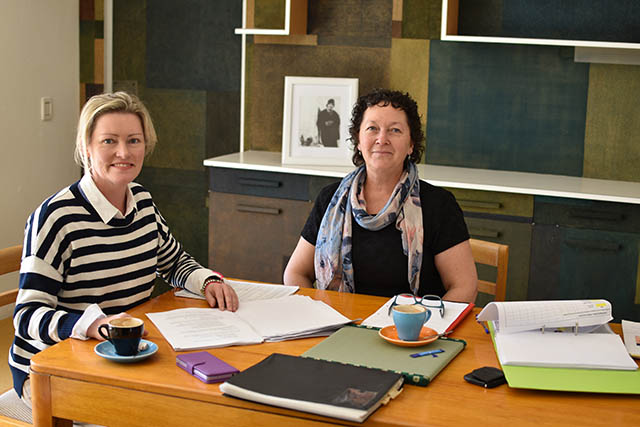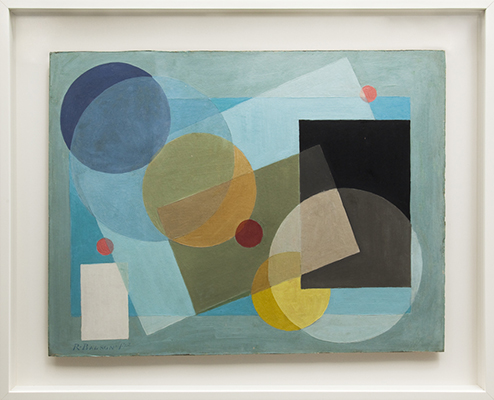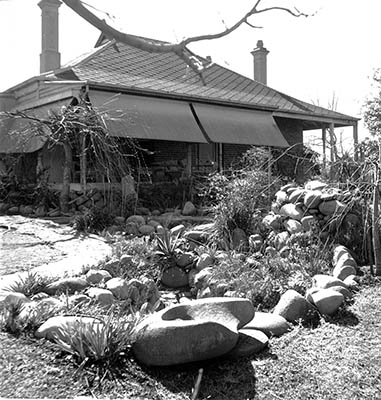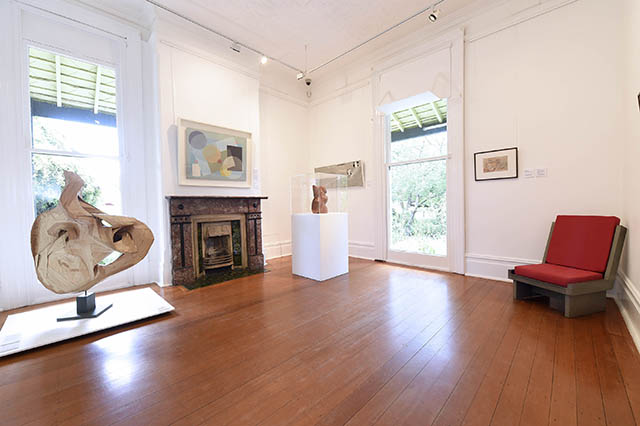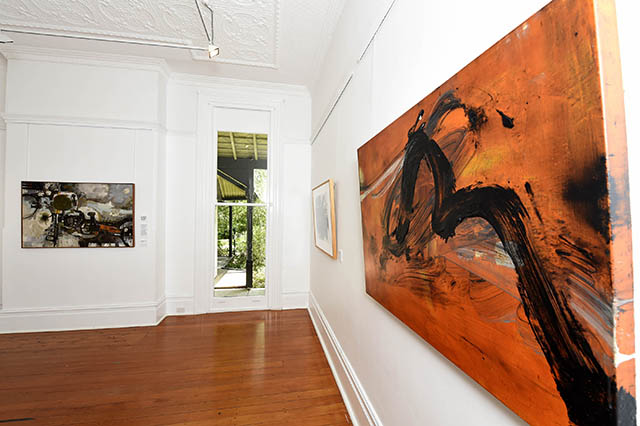Recently Penrith Regional Gallery & The Lewers Bequest completed the significance assessment of their collection, following the receipt of a $4,000 Community Heritage Grant (CHG) last year.
If you’ve been to the Lewers Gallery site, you’ll know that the Lewers’ family home, its place beside the Nepean River, the sculptures and garden are all part of the fabulous package offered by the Regional Gallery, and an important piece of Australia’s mid-century modern art and design heritage.
The Gallery houses an extensive collection of modern art, some of it made by Margo and Gerald Lewers themselves, some of it collected by them. It holds significant examples of Australian Modernism in particular Abstraction, Constructivism and Minimalism. More recently the collection has been expanded to include contemporary works, with examples from Islander, Aboriginal and Western-Sydney artists such as Greg Semu, Brook Andrew and Justine Williams, as well as work generated through the gallery residency program.
Statements of Significance determine the financial, social, cultural value and importance of an item or collection.
Dr Sally Watterson, an independent consultant, was engaged to evaluate the cultural significance of the Gallery and its permanent collection. Waterson’s role was to coordinate and manage the application of Significance 2.0, the federal policy document used to determine the importance of our cultural collections. Determining the significance of a cultural object—be it a single work of art, a historic building, or an entire collection—demands detailed investigation into the provenance—or chain of ownership—as well as considerable historical research into how one work of art interrelates with another and with other collections.
Statements of Significance determine the social, cultural value and importance of an item or collection. Each statement presents an argument about how and why an object is important and underpins the policies around that object, prioritising them in terms of resources for curatorial, conservation, exhibition, research and access programs.
As part of the project, Collection Manager Dr Shirley Daborn attended an intensive preservation and collection management workshop held in Canberra. “While the CHG provides the funds, the workshop offers the expertise to help us protect the collection, while also assisting us with our ambition to increase our engagement with scholars, students and the general public interested in researching this fascinating period in history,” Daborn said.
Ms Anne-Marie Schwirtlich, Director-General of the National Library of Australia, a strong advocate of the CHG program, said: “It is all about working together to help spread the message that if we don’t preserve our history now, it could be lost forever. Through sharing this knowledge, the information can be taken back to the communities where it is most needed to ensure that local heritage collections are still there for future generations.”
Gallery Director, Dr Lee-Anne Hall said the significance assessment process was a crucial step in fully honouring the history of the Gallery as a centre of artist activity in the mid-century period. So now when you drop into the fabulous gallery by the river, you’ll know you are looking at a collection with real significance.

